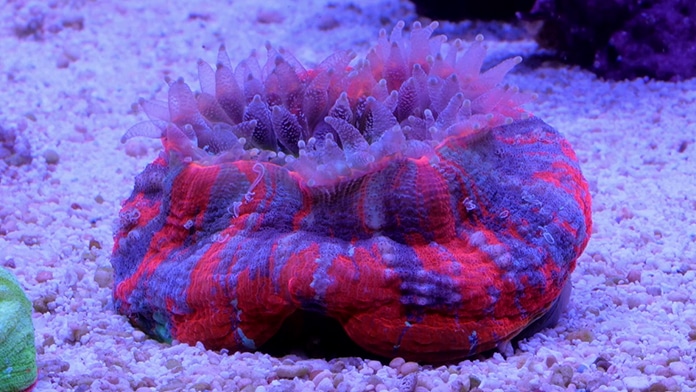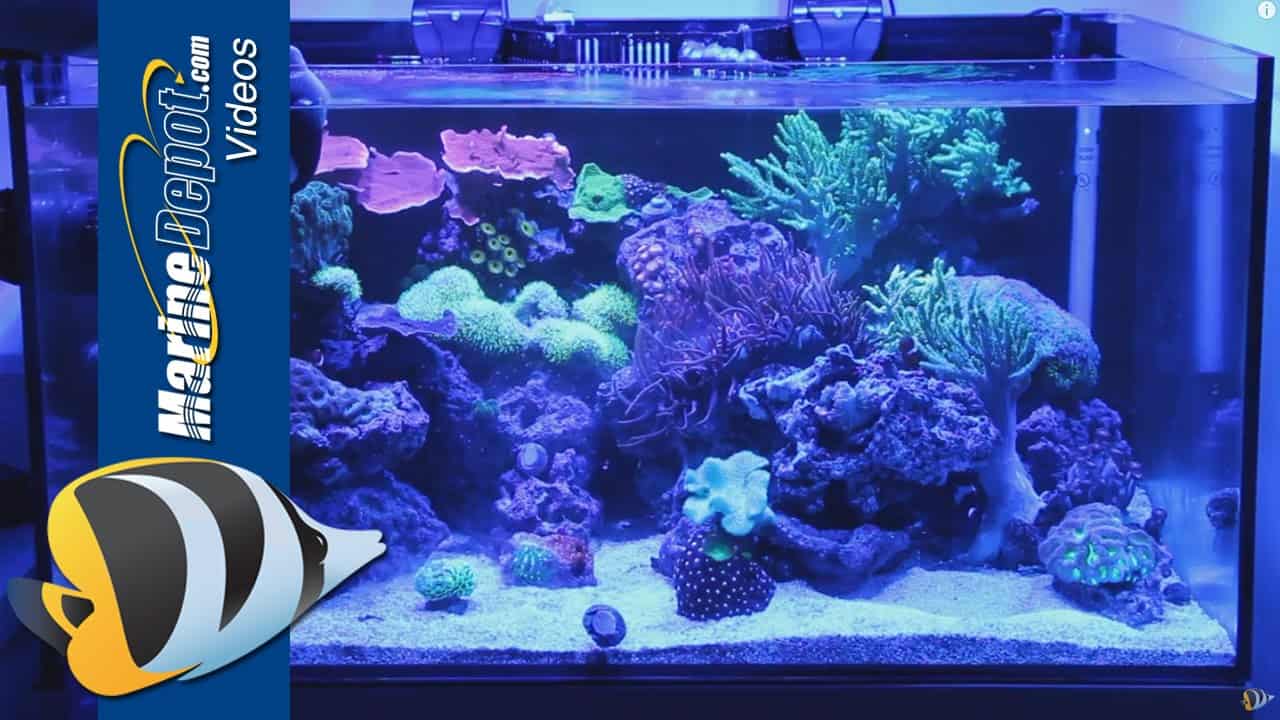
There are many choices for feeding corals in your aquarium. Here are some ideas: Broadcast feeding, Target feeding, Phytoplankton, and Rod’s Food. If you want to feed corals in a natural way, Phytoplankton may be the best option. If you don’t want to buy pre-made foods, you can always prepare your own. But be aware that feeding your corals is a bit tricky. You might have to sacrifice some fish.
Contents
Broadcast feeding
There are several ways to feed your corals. You can feed them in targeted manners, which are best suited for LPS corals. Broadcast feeding is the most convenient way to feed all corals in the aquarium. Broadcast feeding can be performed using the water current from a pump. This method of feeding allows the food to be distributed evenly throughout the tank, and it helps to minimize the amount of food wasted in the filtration process.
When using marine snow as a coral powder, you have two main options: broadcast feeding and targeted feeding. Broadcast feeding involves mixing the powder vigorously with the water in the tank, and then sprinkling the powder into the high-flow areas of the aquarium. You can use up to a quarter of a teaspoon of powder for every fifty gallons of water in your aquarium. Broadcast feeding is not recommended for all corals, as too much powder can harm the water quality.
Target feeding
Target feeding is a method of giving food to your corals. By placing a small amount of food directly into the mouth of a coral, you reduce the amount of food that is not consumed and that is polluting your tank water. To help your corals survive, many reef keepers add inorganic nutrients to their water, such as calcium, magnesium, iodine, and strontium. These are essential elements for corals’ skeletons and other tissues.
If you are unsure about the exact feeding schedule for your corals, you should always conduct a thorough research on the subject. Most corals will adapt to their feeding schedule if they detect food traces in the water, and they will open up when their feeding time has come. Alternatively, you could rely on your gut instinct. By following the above steps, you can create an effective feeding schedule for your corals.
Phytoplankton
Phytoplankton is an important part of the ocean’s ecosystem and provides vital nutrients for many organisms, including corals. In addition to corals, many other types of invertebrates depend on it as a food source, such as copepods and brine shrimp. Phytoplankton also serve as a detritus-eating organism, keeping the tank cleaner naturally. Live phytoplankton are particularly beneficial for corals and other invertebrates because they can absorb heavy metals from the water, making them healthier and more vibrant.
Phytoplankton are microscopic plants that are the primary source of nutrition for many different species of coral. While these organisms are abundant in the ocean, most home marine aquariums do not contain them, which can cause water parameters to deteriorate and create a harsh environment for the corals. In addition to phosphates, phytoplankton can also be toxic to corals and invertebrates.
Rod’s Food
A pre-feeding stimulant, Rod’s Food is a highly nutritious blend of marine ingredients. Its patented blending process induces a rapid feeding response in corals and other reef animals. It contains no gels, food binders, or water-packed ingredients. It is ideal for both frag tanks and reefs with a variety of coral species. The nutrient-rich formula is also suitable for use in nano reef aquariums.
All Rod’s foods are made from premium ingredients. It is carefully selected from top-quality suppliers and is kept at a temperature below 40°F. This low temperature prevents bacteria from growing and spoiling the food for corals. The product is a favorite among reefers, as it contains only the highest quality ingredients. It also uses dry ice, which maintains the perfect particle size, preventing bacterial growth.
Oyster Egg Feast
Oyster Egg Feast for corals is a concentrated, live food that contains oyster eggs and ovarian tissue. These nutrients are the perfect size for corals to digest. Oyster eggs can grow up to 200 microns in size, making them perfect for feeding corals. When you feed oyster eggs to corals, you will notice an increase in their tentacle length and growth.
This marine food contains oyster eggs and ovarian tissue, making it the ideal feeding material for soft, SPS, and LPS corals. The perfect size for feeding corals, it contains enough oyster food for two whole eggs. The only disadvantage of using oyster egg feed for corals is that it contains smaller particles. Always refrigerate the Oyster Egg Feast before you start feeding your corals.
Seachem Reef Food
Phytoplankton foods are important for a healthy coral population. These products contain a mixture of phosphoric acid, fatty acids, and a variety of pigments that corals need. Phytoplankton foods also contain a variety of proteins and lipids. They are easy to feed corals, and can be done daily like you would feed fish. Seachem has a wide range of foods and a feeding schedule that will work for your tank.
Feeding corals requires a little bit more care than you would for fish. Not only are these animals slow to grow, but they also need specific nutrients for growth. Leaving food unattended can lower the nutrients in the water and can be harmful to all the animals in your tank. It is therefore important to check the nutrient levels carefully. Moreover, it is not advisable to feed your corals more than once a day. This can cause excess waste and nutrient levels in the tank.




